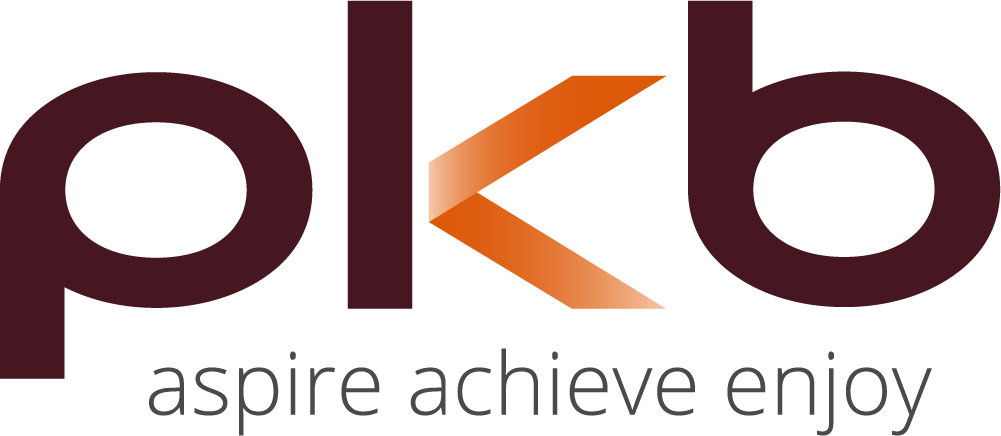Jeremy Hunt’s highly anticipated Autumn Budget was finally revealed yesterday. With the UK facing an unexpected change in Prime Minister, a cost-of-living crisis and now a recession, all eyes were on the Chancellor. Despite proposed spending cuts and tax increases, Hunt has promised economic stability and tax and spending plans that will stand the test of time. The all-important question is, did his Budget deliver on these promises?
Tax increases and spending cuts
Hunt had previously warned that his Autumn Statement would include “eye-watering” cuts in public spending as well as tax rises. He has stressed that he wants to avoid the austerity that followed the 2008 financial crash and is focused on measures that will keep the period of recession as short as possible.
Many pensioners and those on means-tested benefits will be relieved that their 2023/24 payments will be uprated in line with the 10.1% inflation in the year to September 2022. There will also be further support for those struggling with energy bills. This continued support will need to be paid for however and the subsequent tax increases and spending cuts are unlikely to be popular.
Frozen income tax bands
It had already been announced that the income tax personal allowance (£12,570) and higher (40%) rate threshold (£50,270*) would be frozen until 5 April 2026, instead of increasing each year in line with inflation.
The Chancellor has now announced that these freezes will continue until 5 April 2028.
As earnings increase, this will result in more higher rate taxpayers and is often referred to as ‘fiscal drag’ because it will raise more tax without actually increasing income tax rates.
The income level at which point the ‘additional’ 45% rate of income tax starts to apply will be reduced from £150,000 to £125,140* from 6 April 2023.
The new £125,140 threshold ties in with the £12,570 personal allowance being gradually withdrawn for those with income in excess of £100,000. For these individuals, once their income exceeds £125,140, they will no longer be entitled to a personal allowance and, from April 2023, will move straight into 45% income tax.
*For Scottish taxpayers, income tax rates and thresholds are, for certain income types, separately set by the Scottish government.
National Insurance Contributions (NIC) bands frozen
There was some good news for employers. There won’t be any more changes to NIC rates and bandings which means that there won’t be any payroll software changes to contend with either.
NIC thresholds are also frozen until 5 April 2028. This means that employers’ NIC will continue to apply at 13.8% to earnings in excess of £9,100 a year (£175 per week) and employees and the self-employed will continue to pay 12% and 9% respectively on earnings/profits between £12,570 and £50,270 and 2% thereafter.
Despite rumours to the contrary, the 1.25 percentage point increase to NIC rates that has just been removed from 6 November 2022, will not be making a return from 6 April 2023.
Dividend allowance reductions
For all individuals, the first £2,000 of dividend income is taxed at 0%.
The government have now decided that this ‘dividend allowance’ of £2,000 will be reduced to £1,000 in the 2023/24 tax year and then again to just £500 in the 2024/25 tax year.
Please remember that the income tax rates applied to dividend income outside of the allowance, have only recently been increased to 8.75%, 33.75% and 39.35% (for dividend income falling into basic rate, higher rate and additional rate bands respectively).
Combined, these measures will mean that those reliant on dividend income will pay more tax.
If you are a director/shareholder, please contact us to discuss the best strategy for extracting profits from your company from 6 April 2023.
Capital Gains Tax annual exemption has been cut
Many were predicting that the rates of Capital Gains Tax (CGT) paid by individuals would increase, possibly to align with the rates of income tax.
Instead, the Chancellor has announced that the current £12,300 annual tax-free CGT exemption (or allowance) will be reduced to just £6,000 in 2023/24 and only £3,000 in 2024/25.
This change will mean that those disposing of investments such as shares, second homes and buy-to-let properties will pay more tax.
VAT registration limits to remain unchanged
The VAT registration threshold continues to be frozen at £85,000, instead of increasing each year in line with inflation. This will remain the case until March 2026.
Tax on cars and vans
For employees provided with an electronic or ultra-low emission company car (emitting less than 75g of CO2 per kilometre), there will be annual increases in the benefit-in-kind percentages, and therefore tax increases for both employees and employers, from the 2025/26 tax year.
For all other company car users, there will be a one percentage point increase (up to a maximum of 37%) in the calculation of the benefit-in-kind in 2025/26 before being fixed for the following two tax years.
The fixed multipliers used to calculate benefits-in-kind on employer provided vans, van fuel (for private journeys in company vans) and car fuel (for private journeys in company cars) will increase in line with the Consumer Price Index (CPI) from 6 April 2023.
The government has also announced that they will introduce Vehicle Excise Duty on electric cars, vans and motorcycles from April 2025.
Research and development tax reliefs
The Chancellor has expressed concerns about the alleged abuse of Research and Development (R&D) tax reliefs.
Alongside plans to merge two existing schemes in future, he announced that from 1 April 2023:
- The Research and Development Expenditure Credit (RDEC) available to non-SME companies would be increased from 13% to 20%.
- For SME companies, the additional R&D tax relief deduction will be reduced from 130% to 86%.
For loss-making SME companies, the payable credit will be reduced from 14.5% to 10%.
A U-turn on Stamp Duty
One of the few changes announced on 23 September that has not been reversed concerns Stamp Duty Land Tax (SDLT) in England and Northern Ireland. The starting threshold was increased from £125,000 to £250,000 (and, for First Time Buyers, from £300,000 to £425,000) from 23 September 2022.
However, it has now been announced that these are to be temporary changes and, from 1 April 2025, the thresholds will return to their original rates.
Other points to remember for 2023
- The £1million Annual Investment Allowance which gives 100% tax relief to businesses investing in qualifying plant and machinery, is now permanent.
- The Government is increasing the generosity and availability of certain Venture Capital Schemes, including the Seed Enterprise Investment Scheme for start-up companies.
Upcoming tax events
| Date | What’s Due? |
| 01 December 2022 | Corporation tax for year to 28 February 2022, unless quarterly instalments apply. |
| 19 December 2022 | PAYE & NIC deductions, and CIS return and tax, for month to 5 December 2022 (due 22 December if you pay electronically). |
| 30 December 2022 | Deadline for filing 2021/22 tax return online, in order to request that HMRC collect outstanding tax via the 2022/23 PAYE code. |
| 1 January 2023 | Corporation tax for the year to 31 March 2022, unless quarterly instalments apply. |
| 19 January 2023 | PAYE & NIC deductions, and CIS return and tax, for month to 5 January 2023 (due 22 January if you pay electronically). |
| 31 January 2023 | Deadline for filing 2021/22 self-assessment tax return online and paying your outstanding tax for 2021/22 and first payment on account of 2022/23 tax. |
If you have any questions or concerns about anything mentioned in the Autumn Budget, please don’t hesitate to get in touch with PKB. We’re always on hand to help.
To read news and blogs from Rebecca Austin, click here >>


